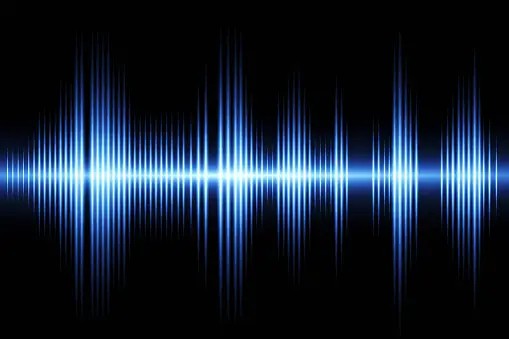
The debate between digital and analog music production is a longstanding one, with arguments on both sides regarding sound quality, convenience, and artistic expression. Whether producing digital music sacrifices sound quality compared to analog music depends on several factors, including the context, the listener’s preferences, and the quality of the equipment and processes used. Here’s a breakdown of the key considerations:
1. Sound Quality Differences
- Analog Sound: Analog recording captures the continuous waveform of sound. Vinyl records and tape recordings are examples of analog formats. Proponents of analog argue that it provides a warmer, richer, and more natural sound, particularly because it captures subtle nuances and harmonics that some believe are lost in digital formats.
- Digital Sound: Digital music is recorded and stored as binary data (1s and 0s). It involves converting the continuous analog signal into discrete digital data through a process called sampling. The quality of digital sound depends largely on the sample rate (how often the sound is measured) and bit depth (how much information is captured in each measurement). High-resolution digital formats can achieve very high sound quality, often indistinguishable from analog to the average listener.
2. Advantages of Digital Music Production
- Precision and Flexibility: Digital music production allows for precise editing, manipulation, and processing of sound. Producers can easily cut, copy, paste, and alter audio without degradation in quality, which is difficult with analog.
- Portability and Accessibility: Digital files are easy to store, share, and distribute. Digital audio can be streamed, downloaded, and played on a wide variety of devices, making music more accessible to listeners worldwide.
- Consistency: Digital recordings do not degrade over time, unlike analog formats like tape, which can wear out or degrade with repeated playback.
- Advanced Processing: Digital audio workstations (DAWs) and plugins offer powerful tools for sound design, mixing, and mastering, giving producers a vast array of creative options that are not possible with analog equipment.
3. Perceived Loss of Quality in Digital Music
- Sampling Limitations: While modern digital recordings can capture audio at very high quality, there is still some loss of information during the analog-to-digital conversion process. For instance, when audio is sampled at 44.1 kHz (the standard for CDs), certain high-frequency details may be lost, though this is often imperceptible to most listeners.
- Digital Artifacts: Poorly executed digital processing can introduce artifacts such as aliasing, quantization noise, or digital distortion, which can negatively impact sound quality. However, with high-quality equipment and careful processing, these issues can be minimized or eliminated.
- Psychological Factors: Some listeners perceive digital music as “colder” or “less organic” compared to analog because of the way it is processed. This perception can be subjective and influenced by personal preference or familiarity with analog sound.
4. Hybrid Approaches
Many modern producers use a hybrid approach, combining the best of both analog and digital worlds. For example, a producer might record instruments using analog equipment to capture that warm, rich sound, and then use digital tools for editing, mixing, and mastering. This approach can provide the warmth of analog with the precision and convenience of digital.
5. Listener Experience
Ultimately, whether digital music production sacrifices sound quality is subjective and depends on the listener’s experience, preferences, and the listening environment. In many cases, high-quality digital music can sound virtually indistinguishable from analog, especially with advancements in digital recording and playback technology.
Conclusion
Producing digital music does not necessarily mean sacrificing sound quality. While there are inherent differences between analog and digital sound, each has its strengths. Digital music offers unparalleled flexibility, precision, and convenience, while analog can provide a unique warmth and character. The choice between analog and digital often comes down to the specific needs of the producer, the desired sound, and the preferences of the listener. Many modern music productions successfully combine both analog and digital elements to create the best possible sound.


